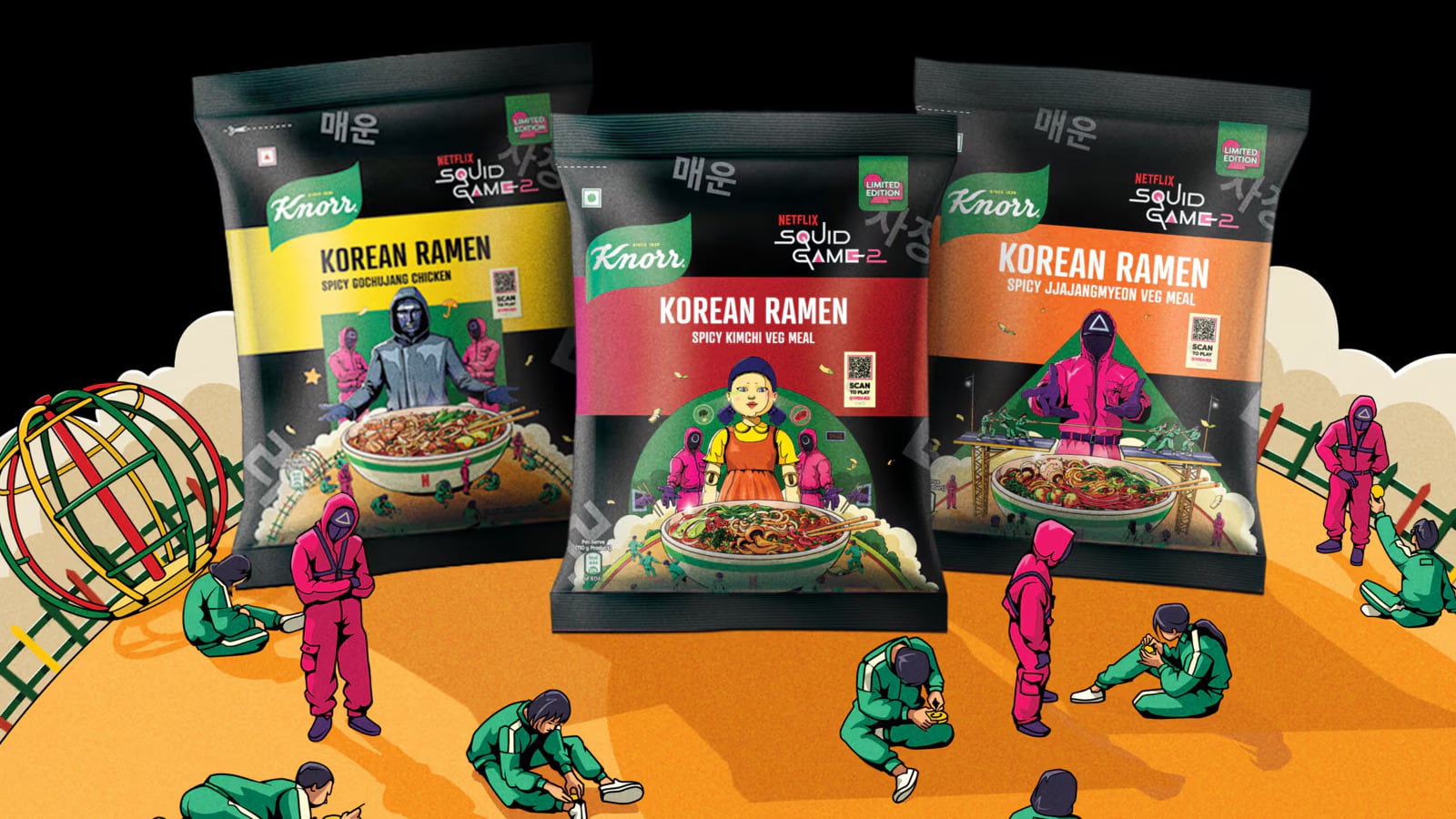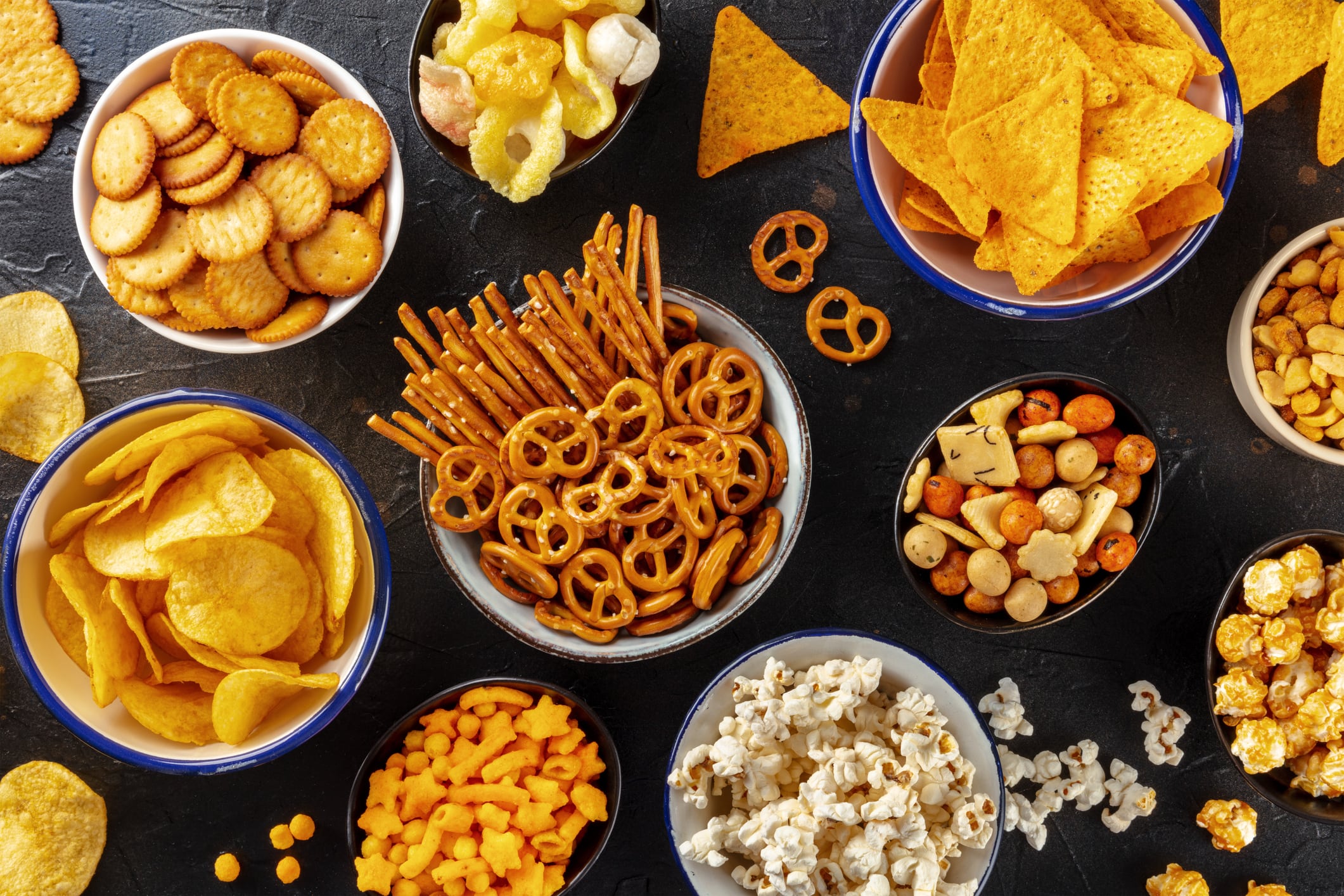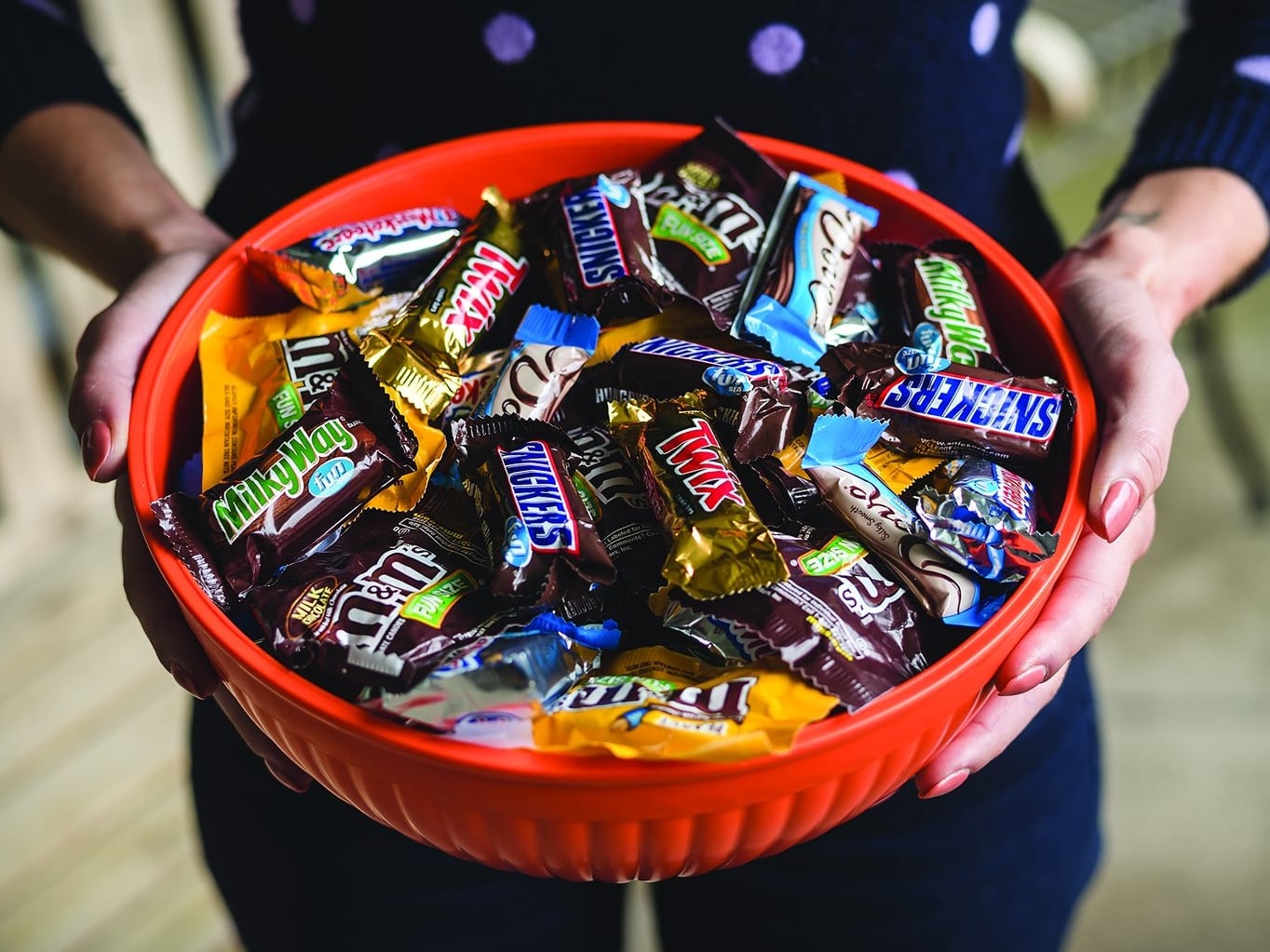HUL recently announced its Q4FY2024 results, reporting a 2% sales growth to reach INR151bn (US$1.75bn) in total turnover as well as a 19% year-on-year growth in profits after tax at INR30bn (US$346mn).
Despite these apparently positive numbers, HUL CEO Rohit Jawa warned of negative signs in the FMCG consumer market due to the current economy.
“Total FMCG volume growth has slowed down over the last six months, indicating subdued demand,” he told the floor at the firm’s most recent investors’ meeting.
“In the current macroeconomic scenario, consumers are titrating consumption and market data has shown a step-up in the pace of growth for small packs across our portfolio, [including for] foods and beverages.
“This seems to be a shift in consumer patterns due to current macroeconomic conditions and a moderation in growth amongst urban consumers [and we will react accordingly], but we believe this shift to smaller pack sizes is a transitory phenomenon.
“This is because the premiumisation trend has remained resilient, and our premium portfolios have been growing ahead of the mass ones this quarter - This indicates that consumer needs and aspirations to upgrade are continuing to evolve, although they are currently opting for smaller packs to manage their overall spends.”
HUL CFO Ritesh Tiwari explained that this is not the first time the company has seen smaller packs emerging as a prime consumer choice during difficult times.
“We’ve seen this happening and also that it self-corrects itself as things improve - But more importantly, I don’t believe that we will have more stressors emerging in terms of consumption trends moving forward,” he said.
“From here onwards, a lot of resources have been deployed to drive employment in the country and to improve food inflation levels, and the latest data in terms of crops is indicative that this will be managed at a lower level compared to where it is currently.
“So, things should look better from here, and it’s just that in the near term, we believe that the current subdued trend will continue for a while, but I don’t think this will last for many quarters.”
In addition to smaller packs, HUL has also identified Korean culture as a strategy to draw in local consumers, riding on the recent resurgence of the popular Squid Game television series on Netflix after the release of its second season.
“Riding the Korean wave in India, Knorr took our successful journey of Korean ramen a step further [in India] by joining forces with Squid Game 2 for a content creation campaign to attract even more local consumers,” he added.
“We see this as a step towards making Knorr synonymous with Korean food in India, and compounded this with the launch of a new Korean flavor, Spicy Gochujang, as an extension to the existing flavours in our Korean ramen range.”
There is however one significant product category which the company is pouring in resources to push large package sales, which is its Nutrition Drinks such as Horlicks.
“This category has seen a lot of focus, and we have seen its market share and penetration growing, including as of date,” Jawa added.
“Amongst our unmissable brand superiority scores, these two brands, Horlicks and Boost, are amongst the best and are considered iconic brands in the South and the East, plus we have also seen the brand scores getting stronger.
“One challenge has been consumption, which is titrated down with inflation coming in recently, so at this point we’re trying to improve the price pack architecture to incentivise large pack usage, because by driving more large packs, those households will use more of the category compared to the ones that use small packs.”
Metric methodologies
HUL also announced that it was making a switch in the metrics used in financial reporting, to have this focus on its market-leading positions across various categories.
“We are now moving to a metric that provides a more comprehensive and enhanced reflection of our competitive performance known as the turnover weighted market share,” Jawa said.
“Turnover weighted market share measures our competitive performance within the footprint in which we operate. It takes into account the depth of the share gain or loss, assigning weightages to the individual size of the cells and channels.”
This metric will replace its previous ‘Business winning’ metric, which the firm described as ‘a binary metric’ which is the ‘best measure of competitiveness’ and an incentive to achieve broad-based growth across all parts of the company.





